Gramophone Collection: Ockeghem’s Requiem
Fabrice Fitch
Friday, November 15, 2019
The earliest surviving setting of the Requiem Mass has been recorded in a range of contrasting ways, reveals Fabrice Fitch
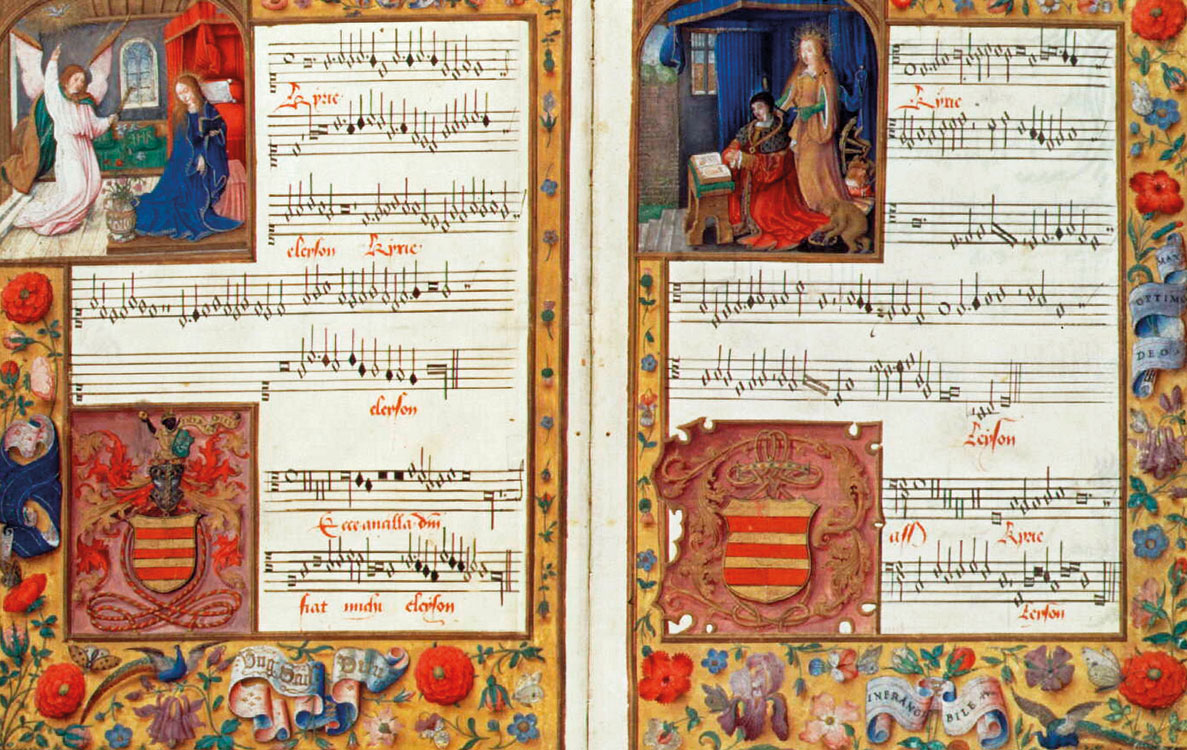
Judging by the number of recordings made since the 1950s (well over a dozen), Ockeghem’s Requiem is one of the best-known large-scale works composed before 1500, but of the circumstances of its creation we know next to nothing. By the mid-15th century, Mass cycles were a well-established genre, but the use of composed polyphony in the funeral liturgy took longer to catch on. The first record of a Requiem (or ‘Mass for the Dead’) concerns the one by Dufay, copied in 1470 and apparently quite recent; but because the music has been lost, Ockeghem’s setting is usually described as ‘the first surviving Requiem’, even though it may conceivably have predated Dufay’s. Ironically, there are several references to Dufay’s lost work in the following decades (one of which tells us it was for three voices) but almost none to Ockeghem’s, which survives. The plausible notion that it was written for the funeral rites of one of his royal patrons, Charles VII (d1461) or Louis XI (d1483), remains conjectural, and the work itself is sometimes described as ‘problematic’. Why so?
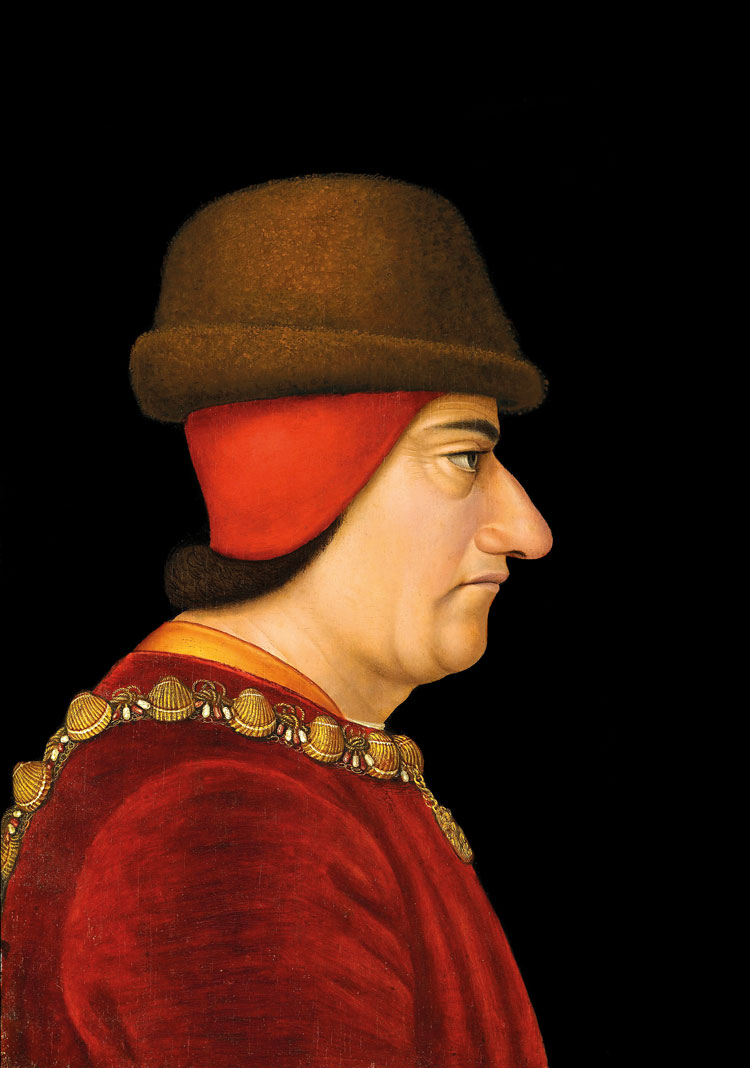
The piece and its problems
Listening to Ockeghem’s Requiem, one is struck by its breadth of musical styles. The Requiem’s sections correspond to the chants of the liturgical texts on which they are based, and which are always heard in the top voice (in common with other early Requiem settings). The Introit, ‘Requiem aeternam’, is starkly chordal, recalling styles of improvised polyphony current at the time. This continues in the Kyrie, which alternates three- and two-voice statements, the former chordal, the latter more contrapuntal. In the final ‘Kyrie’ a fourth voice is heard for the first time, leading to a more sonorous conclusion. From this point the work’s sections become more varied and animated. The second part of the Gradual ‘Si ambulem’ (the verse ‘Virga tua’) has an extended duo for voices in different ranges, in which Ockeghem’s soaring melodic lines really take wing; it closes again with a four-voice section, denser and deeper than the Kyrie’s. A similar plan informs the next section, the Tract ‘Sicut cervus’, except that the duos are for more nearly equal voices, first high then low. The contrast between these paired duos is very effective, the former ethereal and placid, the latter brooding and questioning. As in the preceding sections, the Tract finishes in four voices with the solemn question ‘Where is thy God?’, underlined by a final cadence that unexpectedly turns in on itself at the last. The Offertory is something else again. Ockeghem indulges in a little word-painting when the text evokes the ‘pains of hell and the deep pit’, whereupon one of the low voices has some truly florid singing, all fire and fury. The Offertory’s complex polyphony is Ockeghem at his intricate best, bringing the work to a fitting climax.

Or does it? The piece’s wide range of styles, differences in the scoring of its movements and other details lead to the conclusion that the Requiem as it comes down to us (there is only one complete source) is in no sense a finished work. Its sections may have been composed at different times, and it is practically certain that there once existed a Sanctus, an Agnus Dei and a ‘Lux aeterna’. Thus the work’s compelling trajectory from simplicity to complexity may in fact be an accident of transmission; some writers have even suggested that its opening movements were originally part of Dufay’s lost work. It wouldn’t be the only Requiem with a mysterious genesis or heated debates surrounding its completeness and authorship …
Some early recordings
Many of these questions are echoed in the existing recordings: what to do about the missing movements, the different notated voice-ranges of the existing ones or the questionable authenticity of certain passages. Otherwise the range of performance options in the discography recalls those in the Collection devoted to Machaut’s Mass a couple of years ago (10/17). Instruments would not have featured at all at the French royal chapel when Ockeghem led it (c1453‑97); his ensemble may not have consisted of much more than a dozen singers, with falsettists on top lines. I feel that the music sounds best that way, but that’s not meant to exclude other approaches: formerly stringent interpretations of ‘authenticity’ are now tempered by the realisation that pieces by the best composers circulated widely and that performance conditions varied from place to place.
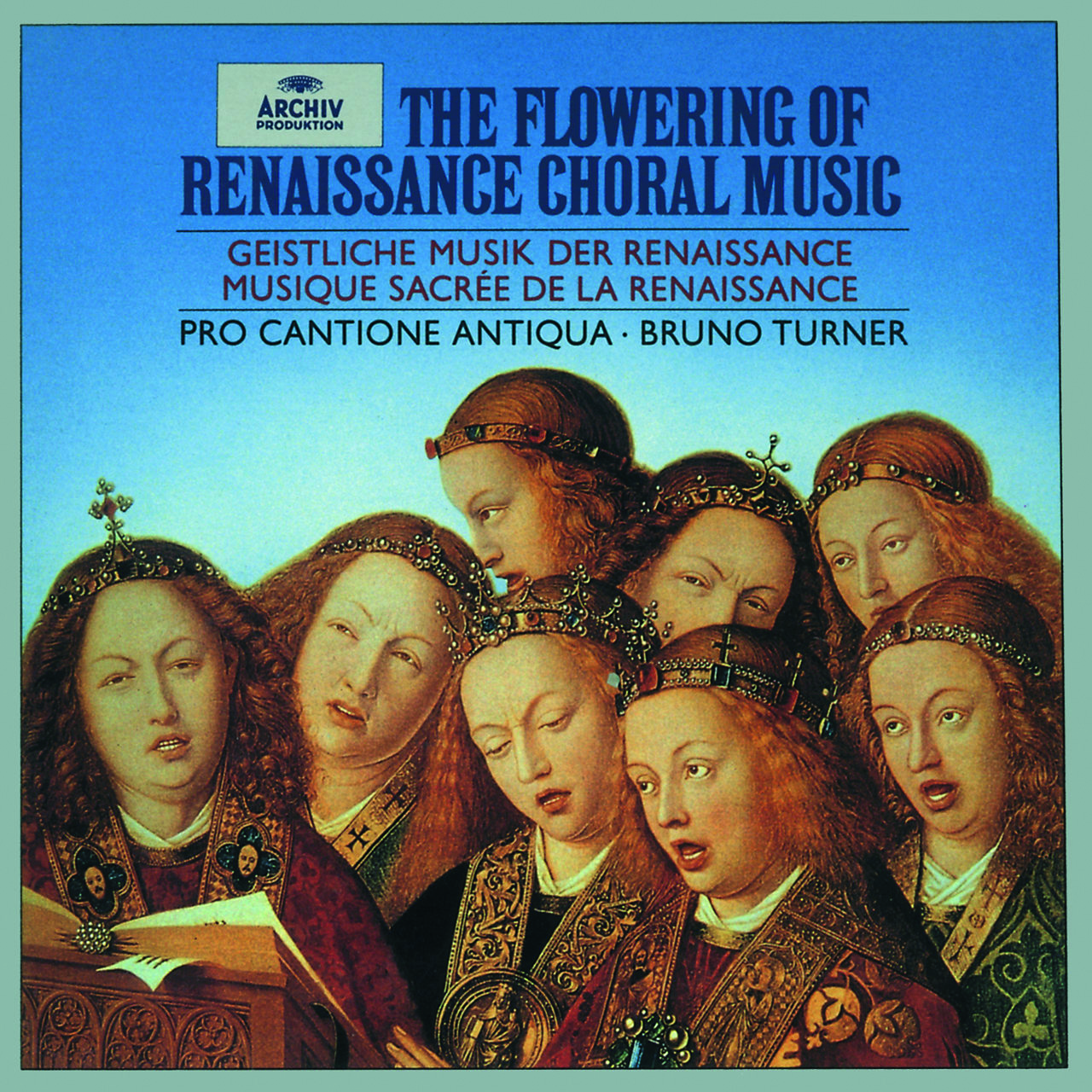
The earliest complete recordings, like the ones by the Prague Madrigalists (c1965; 9/74) and the Clemencic Consort (1975) – both nla – featured instruments in the manner of the time; René Clemencic had fine musicians but his arbitrary decisions stretch credibility, given subsequent researches into performing ensembles. Although neither recording was transferred to CD, the same aesthetic informs the recording by Ensemble Métamorphoses under Maurice Bourbon. Instruments of different types randomly alternate with voices on individual lines, with little regard for musical syntax. Liturgical forms are misunderstood: certain prescribed musical repeats are simply ignored and the voices are oddly mismatched. Though apparently recorded in 1990, it is a throwback to an earlier era. Pro Cantione Antiqua’s account used instruments not more sparingly but wisely, with a wind quartet doubling the voices in the most fully scored sections: more or less contemporary with Clemencic’s, its blended sound was a significant departure from the ‘kitchen-sink’ approach (an uncharitable but succinct label) of other versions with instruments. The tempos of the opening sections are markedly slower than would be the case later, but that’s no great criticism given how little is known of absolute tempos in this period. Besides, the cast of performers is far superior to its existing rivals (it’s difficult to argue with a top line-up that boasts James Bowman, John Elwes and David Thomas). Only in the thick, animated textures of the Offertory does the sound recording show its age, with a hint of saturation. But Bruno Turner’s ensemble is arguably the first to capture the spirit of these early Requiems: a contemporary report of Dufay’s setting as ‘mournful, sad and very exquisite’ describes PCA’s approach very well.
There was a 10‑year hiatus before another English group tackled the work, by which time what is known as the ‘a cappella hypothesis’ had burst on to the scene. The Hilliard Ensemble’s recording under Paul Hillier for EMI Reflexe was no less revelatory than had been PCA’s a decade earlier: an ensemble of just half a dozen singers with dead-straight, vibrato-less intonation, and of course the total absence of instruments. I still listen to it with affection; the sound image of the ensemble and the recording by the legendary Gerd Berg has lost little of its magic, despite some problems with the CD remastering. There’s some wonderful singing in the duos of the middle movements, and each time the fourth voice enters the effect is spellbinding. But the Offertory is rather ponderous, and noticeably slower than PCA’s. Trailblazing as it was for the ensembles following in its wake, its reverential approach has aged more than the sound recording. That said, the accompanying account of the Missa Mi‑mi is one of the Hilliards’ finest, deserving of a place on any serious collector’s shelf.
Mixed choirs
Though few in number, recordings from the 1970s are extremely varied: alongside PCA’s and Clemencic’s accounts seems to be the first of several for mixed a cappella choir, this time from Schola Cantorum Stuttgart, who specialised in early and contemporary repertoire under the direction of Clytus Gottwald (they premiered Ferneyhough’s Time and Motion Study III around the same time). Here the vibrato and determinedly choral approach are very dated, and when Gottwald reaches the low-voice duo of the Offertory he slows down drastically, robbing the moment of both drama and coherence. It all feels very ‘conducted’. Two decades later, Bo Holten’s hand on the tiller of Musica Ficta is less oppressive and the straighter tone more in keeping with modern tastes; but it is rare for choirs to achieve the consistency that a small group of singers can, and Musica Ficta’s competent but not faultless account never catches fire. Even in reduced sections the voices are nearly always doubled, so the pleasure to be had from individual timbres is lacking. Pretty much the same points hold (and to the same extent) for the more subdued performance of the Belgian Laudantes Ensemble under Guy Janssens a decade later, though the Swedish ensemble is marginally the cleaner and more secure of the two.
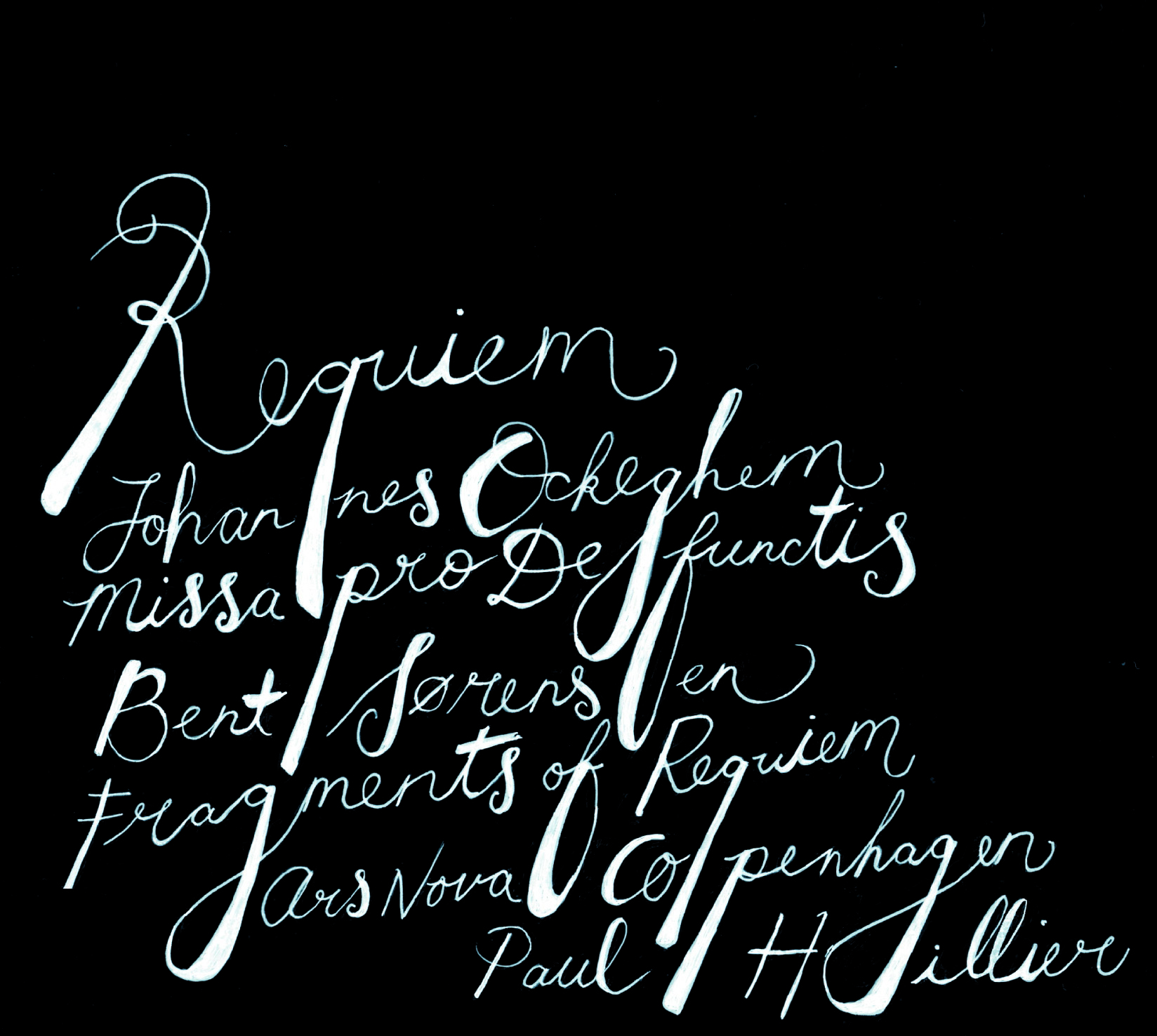
The Requiem recontextualised
If any recording forces me to suspend disbelief as to the use of modern mixed choirs in this repertory it is the most recent, by Ars Nova Copenhagen under Paul Hillier (who has led no fewer than three recordings of the Requiem, and more Ockeghem besides). Despite radically different personnel, Hillier’s view of the work is essentially the same as in his recording with the Hilliards. Technically the Danes outclass their choral rivals, achieving better blend and a more polished performance; the use of soloists in reduced sections offers the best of both worlds. The soloists’ voices are not as individual as on some recordings with smaller casts but they are effective and persuasive nonetheless. The twist is that Ockeghem’s music is interspersed with new settings by Bent Sørensen (b1958), which deals ingeniously with the problem of those missing sections. Providing one doesn’t object to the approach on principle – I’ve done similar things myself, and here it works very well – there is much to enjoy from the conjunction.
The very broad acoustic may suit the new music better than the old, yet it’s an atmospheric sound image. But it would take something much stronger than suspended disbelief to pass the Hilliard Ensemble’s video for Silverline Classics, a scarcely credible piece of unintentional comedy filmed in the Romanesque church of San Nicolao in Giornico, in which the singers act as a backdrop to a group of very young female dancers in unitards who ‘evolve picturesquely’ (I suppose is the phrase) to the music. That anyone can have thought this a good idea is mind-boggling; perhaps the most remarkable thing about the Hilliards’ performance is their managing to keep straight faces. (The transfer of the audio track, by the way, is very poor.)
Polyphony as chamber music
The remaining recordings follow the Hilliard Ensemble in using around half a dozen singers, with two singers on each voice for the most part; but any similarities of approach are more than offset by the different types of voices and choices of pitch-level. The Clerks’ Group under Edward Wickham and Josquin Cappella under Meinolf Brüser both have sopranos on the top lines, sometimes combined with countertenors. That this doesn’t result in too great a disparity between the sections is due to some skilful blending of timbres, especially with The Clerks’ Group. When their recording first appeared I noted the contrast between their bright approach and the other accounts then available (their choice of pitch is the highest of any existing version as far as I’m aware, a tone above notated pitch). But while the Clerks’ grasp of Ockeghem’s style is as firm as one might expect, and despite some fine singing (particularly in the Tract), that very brightness now sits oddly with the work’s character, especially in the light of subsequent readings. (The Clerks’ account of Ockeghem’s little-recorded Missa Fors seulement, on the other hand, remains convincing.) The warmer tone and more subdued approach of the Josquin Capella is very pleasing. These are intelligent singers with very attractive voices but Ockeghem’s style is not as familiar to them as that of later Renaissance composers, which tells in details of phrasing and shaping.
For the Offertory, both the Clerks and Josquin Capella switch to an all-male distribution, unless my ears deceive me. This is because the written ranges of the Requiem’s sections vary considerably: the top line of the Offertory is noticeably lower than in any other section and the overall range of the Tract considerably wider. But as the notion of absolute pitch seems not to have existed at the time, it is possible to ‘transpose’ certain sections to fit the voices available – or even the entire work, as Marcel Pérès does with his Ensemble Organum. As with his recording of Machaut’s Mass just a few years later, Pérès entrusts the top lines to high tenors exclusively. This was one of the last recordings, with an extraordinary line-up including tenor Josep Benet and baritone Josep Cabré, before the ensemble definitively embraced the ‘Corsican goatherd’ sound that later inspired Graindelavoix. At the time there were few ensembles to match it for pure sonority, and there have been few since. Add to that a judicious use of microtonal ornamentation and memorable readings in plainchant from Pérès himself and you have one of the most compelling readings around. But Pérès is equally capable of making maddening decisions: to accommodate the Tract’s wide range (nearly three octaves), he transposes the duo for lower voices up a fourth. While there is no problem changing pitch between sections, doing so within a section does violence to the continuity of the plainchant and to Ockeghem’s subtle architecture. How far the one misstep invalidates the entire interpretation is naturally a matter of taste, but I brace myself every time I approach this passage.
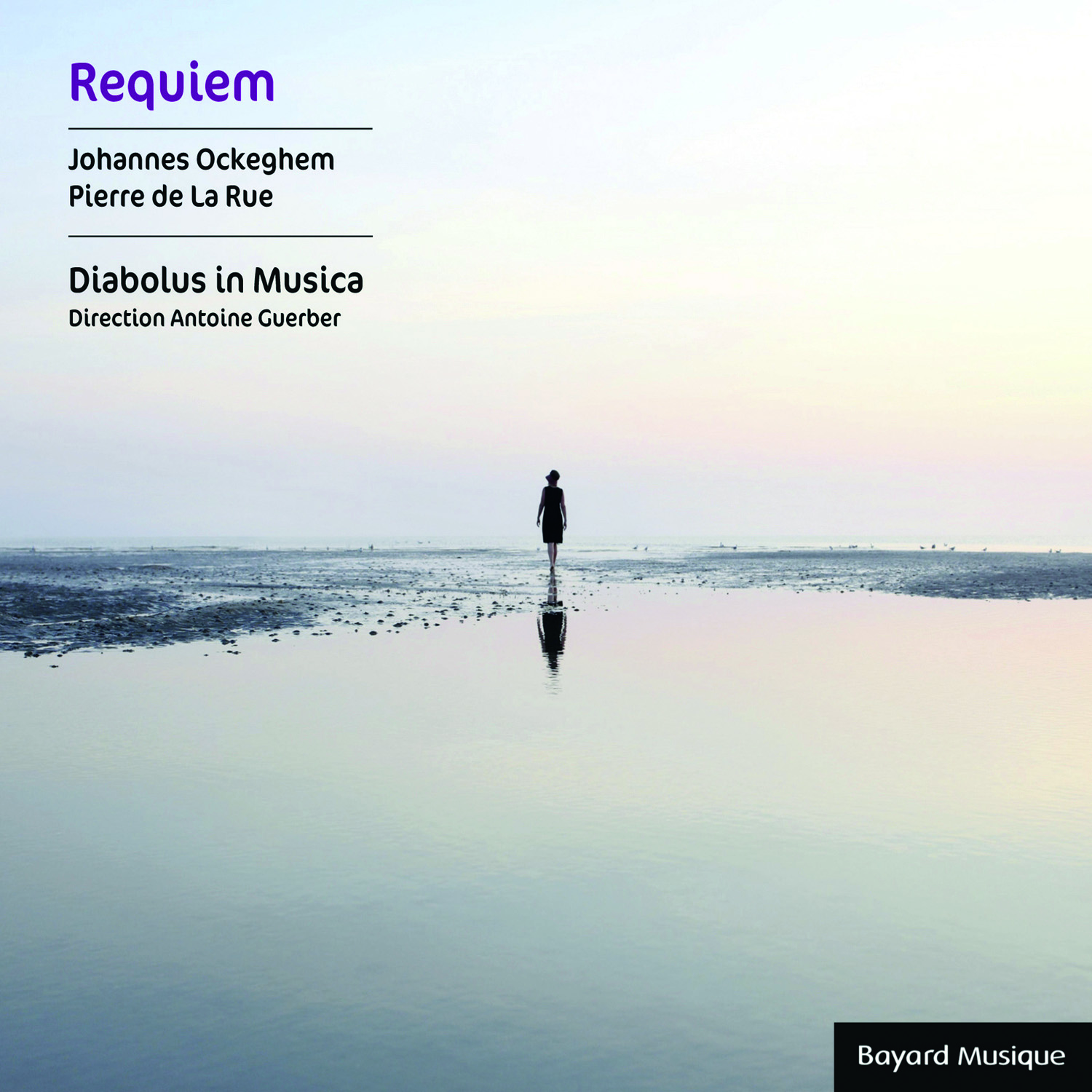
Organum’s performance is, however, a direct precursor to the most recent one, by Diabolus in Musica: a low pitch and high tenors for the top lines, microtonal ornaments at cadences (though sounding a touch pasted-on) and sensible tempos. They also repeat the first part of the Gradual after the verse, which is appropriate in a Requiem Mass but which only Pérès does otherwise – and they don’t mess up the Tract. In fact, they entrust the highest line to a countertenor whose timbre sits deep enough to blend seamlessly with the lower voices. In many ways, then, Antoine Guerber delivers on the promise of Pérès’s approach. In the most florid passages individual virtuosity is perhaps a shade less secure, and I cannot understand the precise choice of plainchants in place of the missing movements. But the sound image rivals Organum’s. It’s not so much the voices’ individuality as the unanimity of ensemble and the feel for the style of a composer notoriously difficult to pin down, all of which overrides the odd imprecision. And they are the first to use a recent edition that fixes a number of misprints, missing words and problematic passages in past editions and the original source.
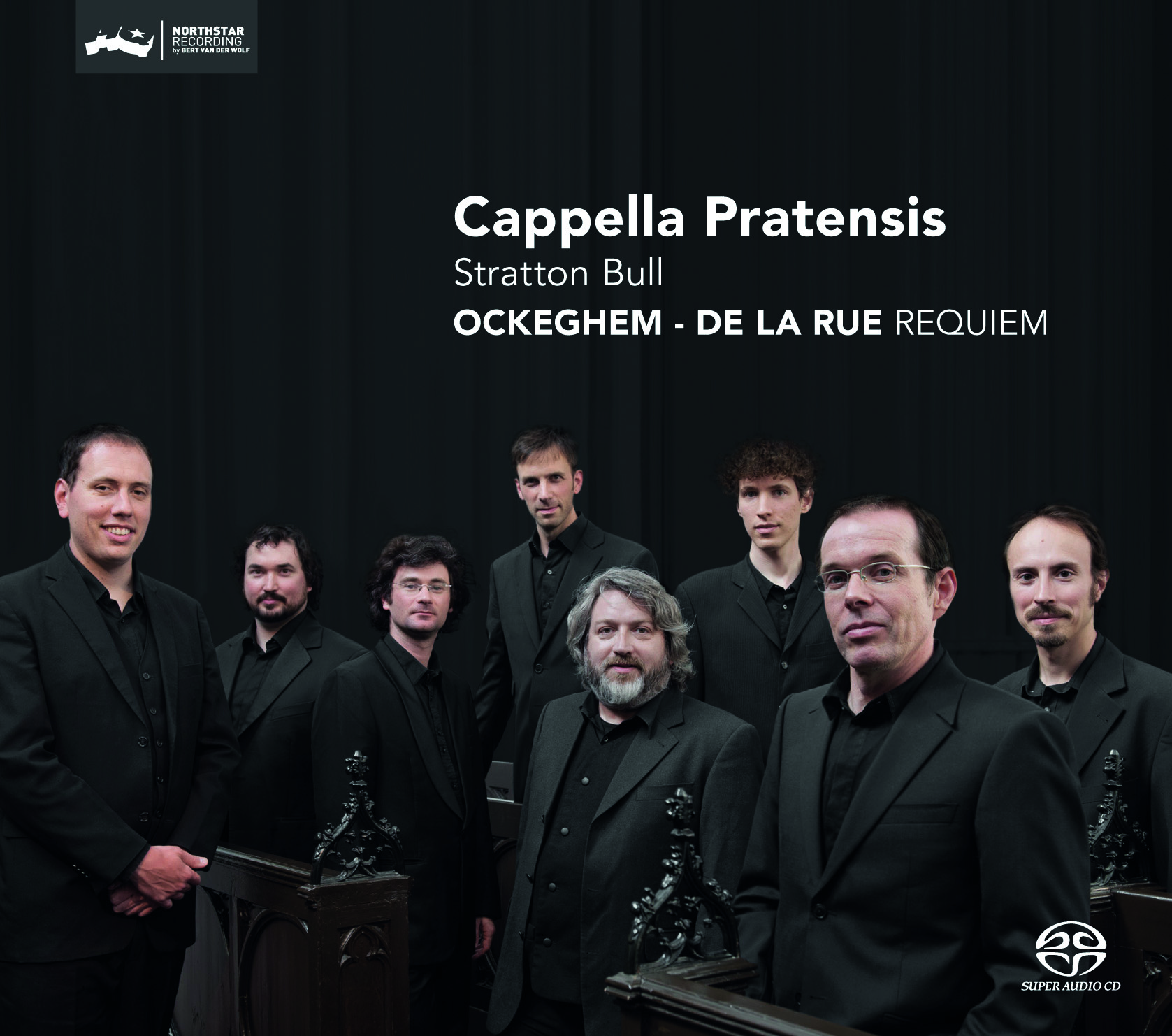
In a curious parallel with Diabolus in Musica and Organum, the final recording to be considered echoes the Hilliard Ensemble’s, and at a similar distance in time. Cappella Pratensis under Stratton Bull perform everything a semitone below written pitch, using countertenors on the top line (Dufay stipulated in his will that the performing ensemble for his Requiem should include falsettists). As with Diabolus in Musica, what impresses most is the collective sound; in addition, the coherence of their interpretative choices grows more convincing with repeated listening (bar the decision not to repeat the opening of the Gradual). In purely interpretative terms they have the edge over their French counterparts even though their approach may seem less distinctive at first blush. The greatest departure from previous accounts is the tempo of the opening sections, which is refreshingly crisp (which I failed to note in my review). No ethereal contemplation here: death is a fact of life, the solemnity of the Requiem Mass deriving instead from the compactness of the ensemble – impersonal (or rather supra-personal), hieratic, solid as a wall. Moreover, the focus is maintained to the end, making this the most consistent, rounded account to be had.
Final choices
Twenty years ago I suggested that no single recording of the Ockeghem Requiem was completely satisfying. Has that changed? Not just yet, but subsequent performances have undoubtedly raised the stakes. My top choices balance personal taste and contrasted approaches – something for nearly everyone, perhaps. Though my first choice would not be for a modern mixed choir, Ars Nova’s questing spirit deserves recognition, especially the replacement of the lost sections with new music; as to Ockeghem’s music, it is the only choral account to rank alongside the smaller ensembles. Pro Cantione Antiqua’s is the finest of the ‘historical’ recordings, predating my next-oldest choice by nearly 40 years. Its use of instruments is the least distracting and most effective, bearing in mind that the ensemble for which Ockeghem probably wrote included none. Of the recordings I’ve passed over, the Hilliards’ EMI recording has moments of beauty and is still worth hearing; The Clerks’ Group are technically sound but their high pitch and bright palette don’t strike the right note; and Organum’s otherwise splendid reading would have been a strong contender in all categories were it not for one major miscalculation to which I’ll never get used, but which others may choose to overlook. That leaves Diabolus in Musica’s low scoring and the focused, sober beauty of Cappella Pratensis – my first choice, by a whisker.
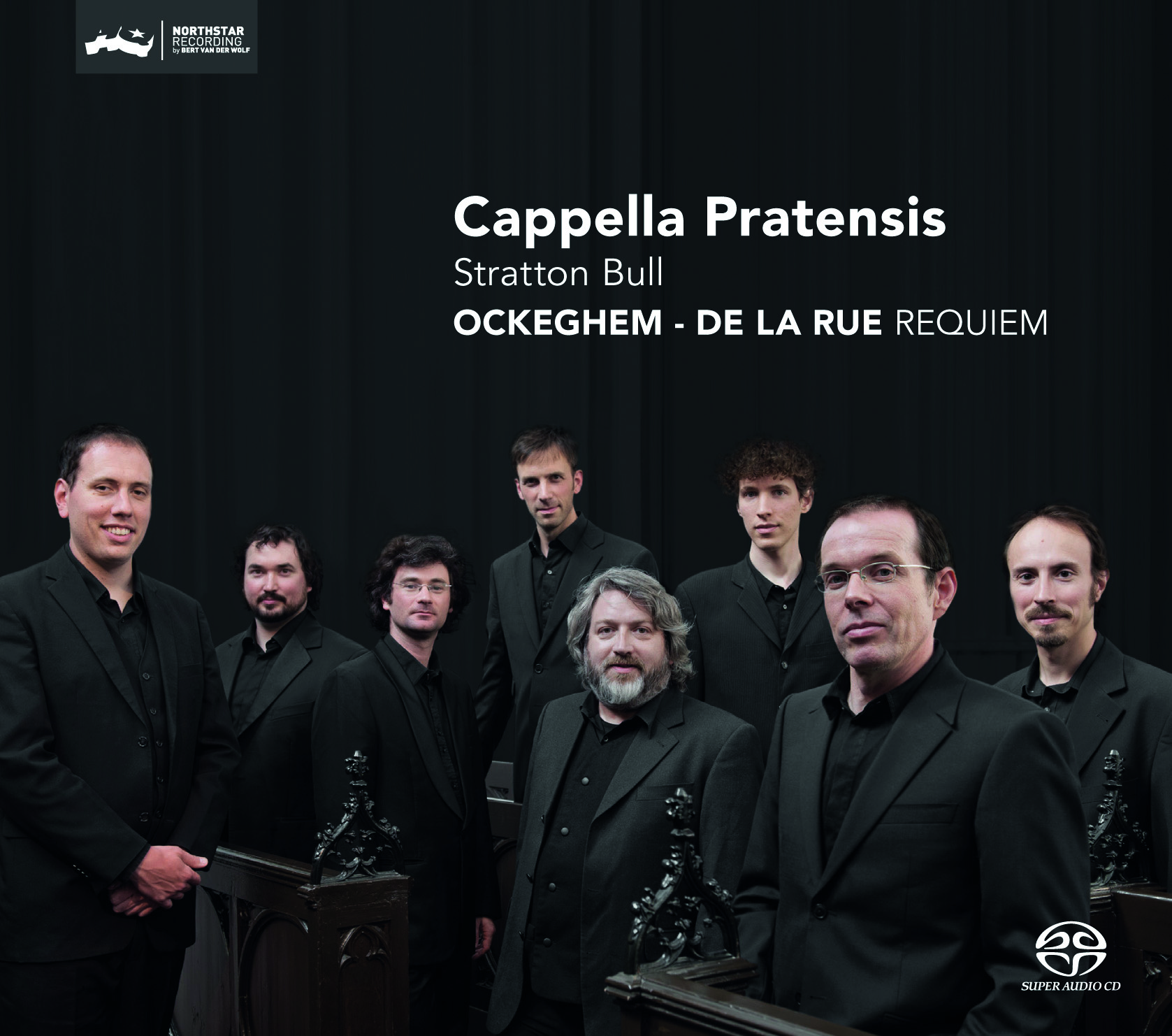
The top choice
Cappella Pratensis / Stratton Bull
(Challenge Classics)
A compact, rounded, thoughtful performance of impassive beauty, Cappella Pratensis fashion a coherent performance out of a varied collection of individual movements in a recording that grows with repeated listening.
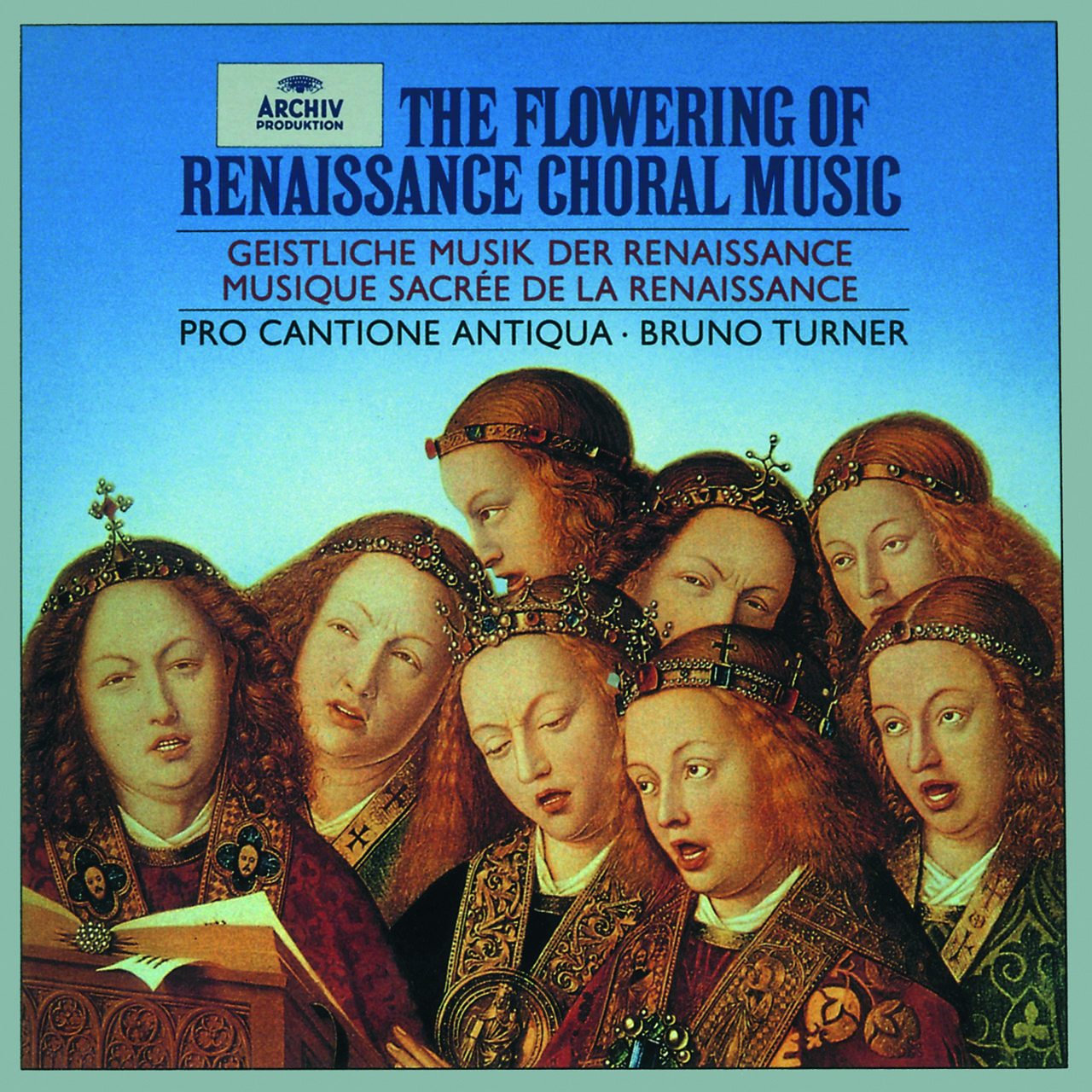
The ‘historical’ recording
Pro Cantione Antiqua / Bruno Turner
(Archiv)
Voices and instruments combine in a reading that has aged very well and captures, possibly for the first time on record, the true pathos and spirit of an early Requiem Mass.
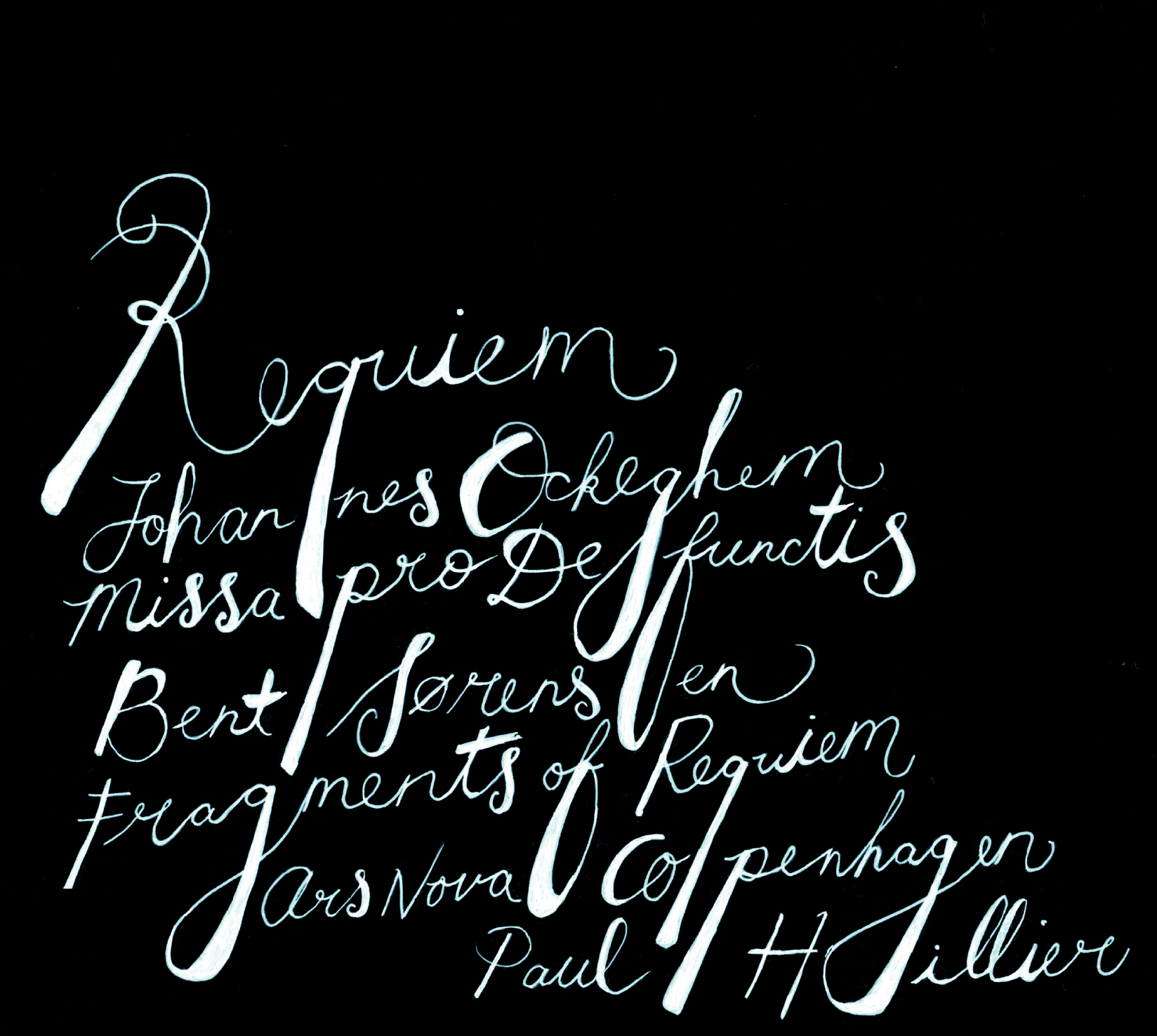
The choral approach
Ars Nova / Paul Hillier
(Dacapo)
Paul Hillier’s experience is evident in a polished reading that includes newly composed music for the lost sections of Ockeghem’s work by Bent Sørensen.
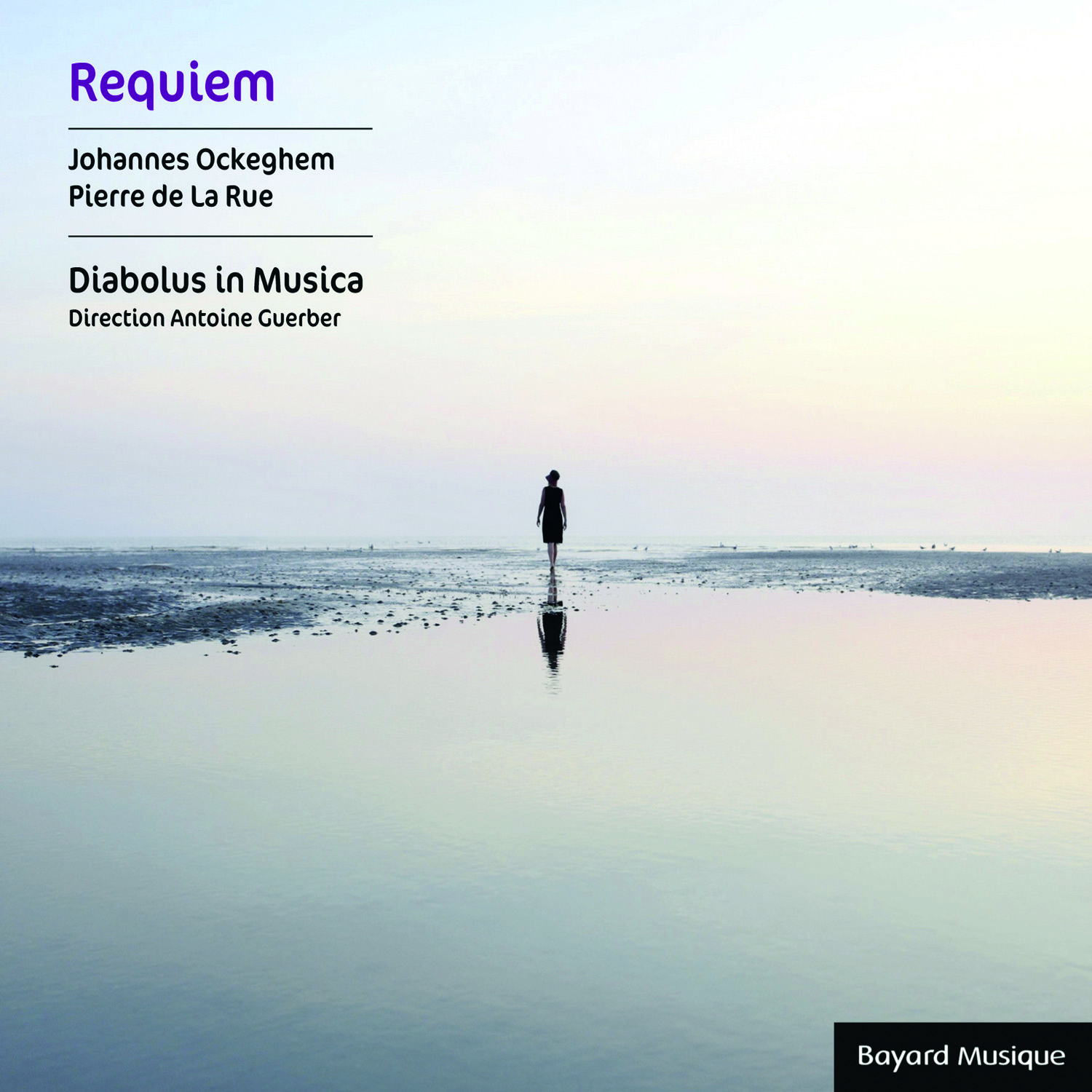
Version with high tenors
Diabolus in Musica / Antoine Guerber
(Bayard Musique)
The choice of a low pitch makes for a darkly splendid reading with high tenors and very low basses. The tempos are sensible, and the musical text has been cleaned up, too.
Selected discography
Recording Date / Artists / Record company (review date)
1973 Pro Cantione Antiqua, London / Turner / Archiv 445 667-2AH7 (1/74R, 4/86R)
1976/78 Schola Cantorum, Stuttgart / Gottwald / Brilliant Classics 94267 (3/12); 95104
1984 Hilliard Ens / Hillier / Erato 628492-2 (10/85R, 2/89R)
1989 Hilliard Ens / Hillier / Silverline 323
1990 Ens Métamorphoses de Paris / Bourbon / Arion ARN68149
1992 Ens Organum / Pérès / Harmonia Mundi HMA195 1441 (2/94R)
1996 Clerks’ Group / Wickham / ASV Gaudeamus CDGAU168 (5/97)
1997 Musica Ficta / Holten / Naxos 8 554260
2004 Josquin Capella / Brüser / Dabringhaus und Gromm MDG605 1269-2 (8/05)
2007 Laudantes Consort / Janssens / Cyprès CYP1648 (11/07)
2012 Cappella Pratensis / Bull / Challenge Classics CC72541 (7/12)
2012 Ars Nova Copenhagen / Hillier / Dacapo 6 220571 (7/12)
2018 Diabolus in Musica / Guerber / Bayard Musique 308 475-2
This article originally appeared in the June 2019 issue of Gramophone. Never miss an issue – subscribe today!











